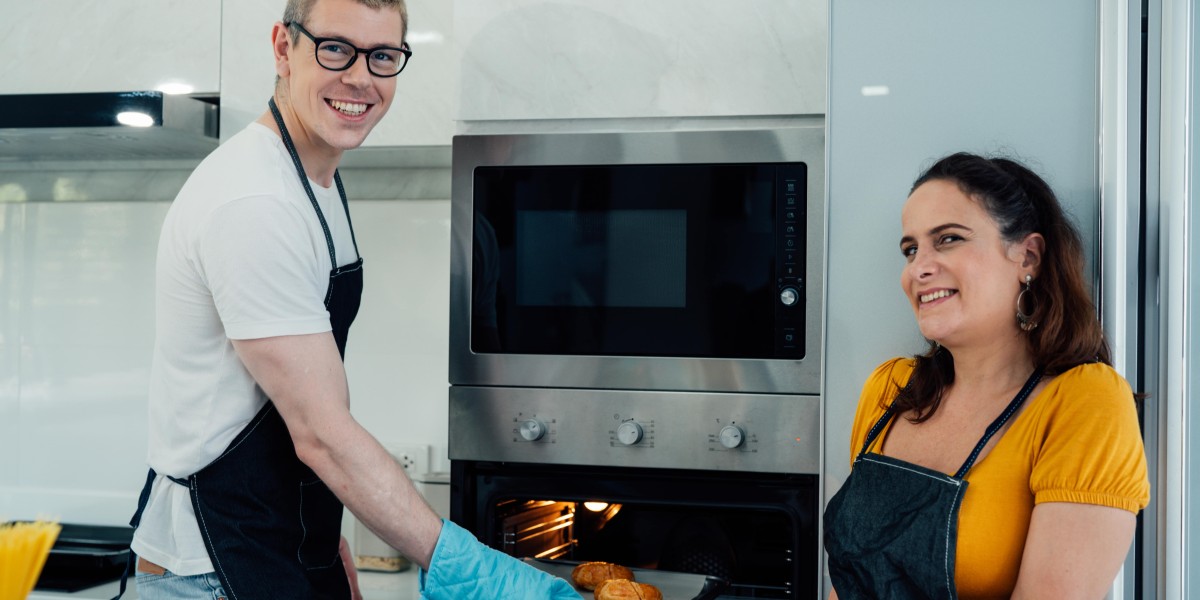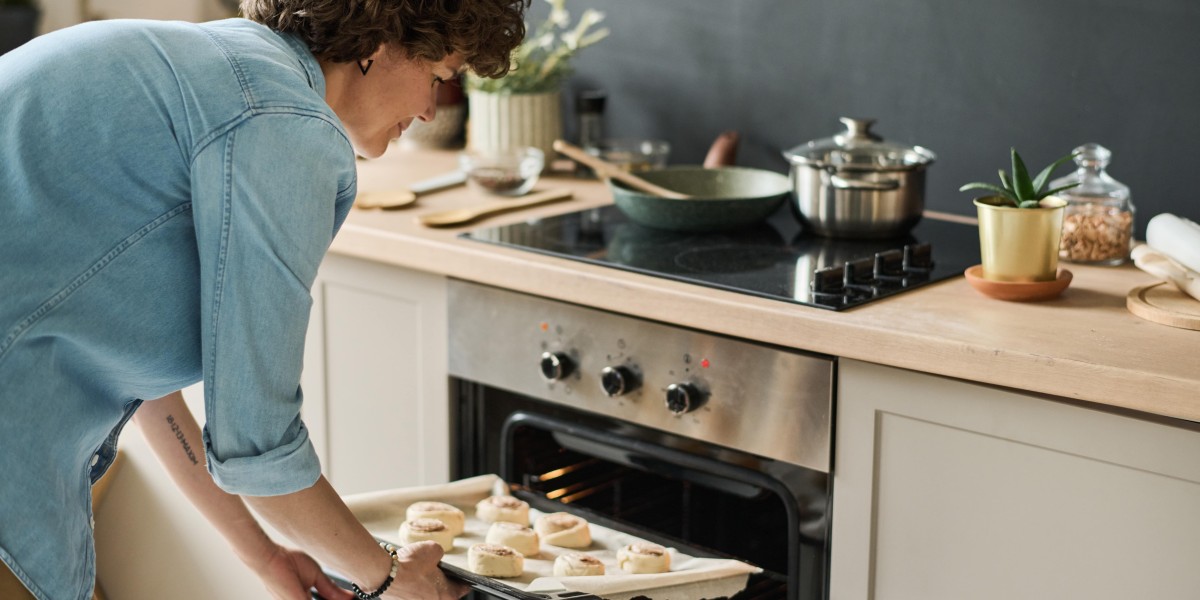Understanding Built-in Ovens and Hobs: The Perfect Kitchen Combination
As modern cooking areas progress, built-in appliances are becoming progressively popular for both performance and looks. Amongst these appliances, built-in ovens and hobs stand out as necessary elements for any culinary lover or home cook. This post explores the benefits, functions, and factors to consider surrounding built-in ovens and hobs. It also deals with common concerns, using a comprehensive guide to these kitchen fundamentals.

What are Built-in Ovens and Hobs?
built-in oven and hob (www.clasificadus.com) ovens are integrated into kitchen cabinetry, creating a sleek, smooth appearance. They are available in numerous types, including standard, convection, and steam ovens, each dealing with different cooking methods. Hobs, on the other hand, are the cooking surface areas that incorporate with the kitchen countertop. They can be gas, electric, or induction, enabling cooks to choose based on their cooking style and energy preference.
Benefits of Built-in Ovens and Hobs
- Space-Saving: Built-in models make the most of kitchen area by removing the requirement for freestanding units, creating an open and airy environment.
- Aesthetic Appeal: Their streamlined style adds to a contemporary, structured appearance in the kitchen.
- Improved Functionality: Built-in ovens often include advanced cooking technology, using a series of features like self-cleaning and wise controls.
- Customization: Manufacturers offer a variety of finishes and styles, permitting house owners to customize their appliances to match their kitchen décor.
Kinds Of Built-in Ovens
1. Standard Ovens
Traditional ovens use convected heat from the bottom and can be perfect for baking.
2. Convection Ovens
Convection ovens have a fan that circulates hot air, ensuring even cooking. They minimize cooking time and are best for roasting meats or vegetables.
3. Steam Ovens
Steam ovens use wet heat to prepare food, maintaining nutrients and flavors. They are ending up being significantly popular amongst health-conscious cooks.
4. Microwave Ovens
These ovens supply fast heating and cooking and serve various functions, from reheating leftovers to baking.
Types of Hobs
1. Gas Hobs
Gas hobs use gas or gas for cooking. They provide instantaneous heat control, making them a preferred among professional chefs.
2. Electric Hobs
Electric hobs have strong or ceramic surfaces that warm up through electric coils. They are simple to clean however might take longer to heat than gas designs.
3. Induction Hobs
Induction hobs use electromagnetic energy to straight heat up pots and pans, using rapid heating and energy performance. They cool off rapidly and offer a much safer cooking experience.
Factors to Consider When Choosing Built-in Ovens and Hobs
When selecting built-in ovens and hobs, several aspects should be considered:
1. Space Limitations
Measure the available space in your kitchen to ensure that the appliances will fit perfectly into the cabinets.
2. Cooking Style
Consider your cooking practices. If you regularly bake, a convection oven may be ideal. On the other hand, induction hobs are terrific for safety and effectiveness.
3. Budget
Rates varies considerably based upon functions and brand names. Setting a budget plan helps narrow down the choices.
4. Energy Source
Determine whether you want gas or electric appliances. This decision can impact cooking efficiency and energy costs.
5. Visual appeals
Choose finishes and designs that match your kitchen's design. Stainless steel is a popular option for a modern-day appeal.
Contrast of Built-in Ovens and Hobs
| Feature | Built-in Oven | Built-in Hob |
|---|---|---|
| Type | Convection, steam, and so on. | Gas, electric, induction |
| Cooking Versatility | High | Moderate to high |
| Cleaning Ease | Varies by design | Normally simple to tidy |
| Setup Style | Integrated in kitchen cabinetry | Flush with countertop |
| Energy Efficiency | Varies by model | Induction normally most efficient |
FAQs About Built-in Ovens and Hobs
1. Are built-in ovens more costly than freestanding models?
Yes, built-in ovens usually come with a higher price due to their design and installation requirements. Nevertheless, they typically provide more sophisticated functions.
2. Can I replace my existing freestanding oven with a built-in model?
Yes, it's possible to replace a freestanding oven with a built-in design, however you might need to make changes to your cabinetry and kitchen design.
3. What maintenance do built-in ovens and hobs need?
Regular cleansing is necessary. Numerous built-in ovens featured self-cleaning functions. It's also crucial to keep the hobs devoid of spills and grease.
4. Are induction hobs safe for families?
Induction hobs are considered safer than gas or electric options since they only heat up the pots and pans, decreasing the threat of burns or mishaps.

5. How can I maximize the effectiveness of my built-in oven and hob?
To make the most of efficiency, always pre-heat the oven when needed, use the appropriate size pots or pans on the hob, and consider utilizing the recurring heat from your hob after cooking.
Built-in ovens and hobs offer various advantages, making them popular choices for contemporary kitchen areas. Their space-saving designs, advanced functions, and aesthetic appeal add to their high need. By thinking about elements like space, cooking design, and budget plan, homeowners can select the perfect combination of appliances that best fit their cooking needs. Whether through gas, electric, or induction hobs, and a range of oven types, the right built-in kitchen appliances can improve the cooking experience while elevating the overall visual of the kitchen.










